El-Ahrairah's Garden
Last, if you're going to spend time visiting the Warren, I cannot strongly recommend enough spending a day at El-Ahrairah's Garden. There is simply no way to describe how stunning, how truly awe-inspiring, it is to step onto the walkway and stare down into 30 stories of teeming green the width of a football field. I'd heard about it, of course. You can't scroll science news these days without finding something mentioned. But who knew science could be so beautiful?El-Ahrairah's Garden is a connected system of agricultural greenhouse biodomes which are being built entirely underground within the confines of The Warren. They are self-contained, primarily utilizing aquaponics systems to grow a massive quantity of food crops, with the intention of transforming the Warren into an entirely self-sufficient arcology. Most visitors to the Warren view the Garden from an overhead clear walkway that overlooks the primary biodome. 30 stories of vegetable, fruit, and even grain crops grow from floor to ceiling above Olympic swimming pool sized freshwater aquatic environments. These giant pools contain kelp and small freshwater marine creatures, creating an environment suitable to tilapia fish. The waste of the fish provide nutrients essential for plant growth, which is then pumped into a multi-storied wheellike structure, focused around a central fountain, which pours the nutrient-enriched water down overhead and disperses it through the structure in aqueducts, waterfalls, and pipes. The overall effect is something like the Garden of Eden. The kelp, and the fish, can also be utilized as a food source.
Purpose / Function
While its beauty is certainly spectacular, the purpose for El-Ahrairah's Garden is entirely practical. The goal is to provide enough fresh food to feed the inhabitants of Okanagan City for up to a year in case of disaster. The reason it was built underground was to secure it against attack and tampering, and if it were located within the stone walls of the Warren, it would be accessible if people were required to take refuge there — which they have been, on more than one occasion during the Word Wars.
Architecture
Primary Dome "the Garden"
El-Ahrairah's Garden is entirely underground, deep within the heart of the Warren. The primary dome, simply known as "the Garden" by the agricultural workers and engineers employed there, was first blasted out of the bedrock, and then Literomantically shaped into a massive, circular chamber with a bowl-shaped roof. The chamber is so large that the shape of the roof is not immediately apparent from the public walkway.Illumination
The ceiling, and the bottom surface of each wheel, are entirely covered with specially-developed grow lights, partially powered by Literomantic Batteries, that display full spectrum sunlight. The wheels and walls of the central chamber are further lit by Princess Rowean's Sun Flowers which are sunflowers that have been enchanted to channel and radiate sunlight from the surface.Bottom Floor
The "floor" of the Garden is a vast pool of water containing the tilapia fish, kelp crops, and marine life that keep the ecology functioning. Most of it is covered by a stainless steel, textured metal grating system to prevent slipping and preserve the integrity of the environment. This pool, and the piping system, are accessible by divers through an airlock door that opens up from the warehouse and loading bay in the sublevel. The loading bay is accessible by freight trains that connect to The Wolverine Line which then ships produce from the Garden all over the continent.The Bottom Wheel
The lowest, and largest, of the three wheels primarily grows rice in a moist growth medium. It is divided into eight wedges, with each wedge planting and harvesting on a rotating schedule. Three of the wedges are currently being used for experiments in growing wetland berries, tea and coffee.The Middle Wheel
The middle wheel grows garden crops such as broccoli, asparagus, peppers, carrots, radishes, beets, herbs, and so forth, along with strawberries and leaf crops. Some of these crops are grown in a medium, while others are grown in nutrient-rich water or nutrient films.The Top Wheel
The top wheel, the smallest of the three, grows squashes, cucumbers, tomatoes, grapes, and similar, which can be trained as vines to grow over grid structures, dangling their fruit for easy harvesting. These are almost universally grown in a growth medium system. All wheels are constructed of reinforced concrete, with a shifting spring system designed to withstand explosions and earthquakes. They are divided into self-contained wedges that allow for careful temperature and moisture control within each wedge. This also allows the farmers and engineers to contain any fungal growth issues so they do not spread to other parts of the Garden.Outer Walls
The outer walls are entirely lined with vine crops, growing from small ledges and allowed to dangle. These are accessed by metal walkways. Leaf crops are also grown in trays, using the "floating raft technique," which can be raised or lowered on chains from the ceiling for access at different levels. Seedlings of several fruit and nut trees have also been planted along the outer ring of the walls, but it is far too early to judge the success or failure of this effort yet.Central Column
Along the central column throughout the structure, bamboo grows from pools of water, and beehives are attached strategically in sections in the overhead structure. It is the central column that houses the primary piping system which feeds the waterfall and aqueducts. Construction of the primary dome was completed in June of 2023.Other Sections
This is only the beginning, however. At least four other sealed environments are currently under development or construction.The Meadow
The most advanced of them, known affectionately as "the Meadow," is a vast field of flowers in an underground cave, all of which are edible. They are nurtured by Princess Rowean's Literomantic Sun Flowers which also provide edible sunflower seeds. Development is almost completed, with engineers now primarily focused on best soil content and tweaking which flowers respond best to the environment. Free range chickens are allowed to roam the area, which provides fertilizer and a secondary food source in the form of eggs. The Meadow even contains beehives, which circulate bees through controlled piping systems to the rest of El-Ahrairah's Garden, reducing the need for labour-intensive pollinating techniques. These pipes are closed off in case of an emergency lockdown, in accordance to Lapin defensive doctrine.The Vault
A second environment, located in a natural underground crevasse, is known as "the Vault." This area is being developed to provide ideal growing conditions for root crops, which require soil as opposed to a water and nutrient-infused growth medium. The Vault has seen its first successful test harvest of potatoes, beets, and turnips, and is currently testing rutabagas, onions, garlic, and carrots, although carrots and beets are also being grown in the primary dome. The Vault is accessed from the employee area through a cage door and sealed elevator.The Deep
A third environment, called simply "the Deep," is long hall, once again formed from a natural crevasse, containing ideal growth mediums for edible mushrooms. This includes some psilocybin containing mushrooms for medicinal uses. The environment is dimly-lit and moist, with a powerful earthy scent, and uses compost and treated waste generated by the Warren's inhabitants as a growth medium. They are also experimenting with rotting wood. The Deep is located beneath the Vault, and is either accessible through a descending staircase or an elevator, both of which are sealed behind airlock doors to control humidity.The Breadbox
Finally, construction has begun on another dome, this one intended for fields of cereal crops, but this is still in its early stages. Construction on "the Breadbox" is expected to be completed sometime in 2027, with testing of crops beginning late in the year or early 2028.Defenses
The primary defense of El-Ahrairah's Garden is its location deep underground, in the heart of the Warren. Its irrigation system, sourced from a natural underground lake, is entirely self-contained. Airlocks, doors, and piping systems can be sealed off into independent sections at a moment's notice, containing explosions and chemical or biological contaminants. The entire agricultural complex is heavily monitored by censors and video cameras, and each subsection, from wedge to Vault, is equipped with automatic and manual alarms.
It's also warded six ways to Sunday. I'm not filking around. Don't mess with our food.
History
It seems odd to many, upon viewing the Garden, that the reason it was constructed was practical. Food security is a matter that the Lapin Crown, both officially and personally, takes very seriously. Having known hunger in their youth, and having been under siege, it was deeply impressed upon the Bunny Queen and her siblings that securing food in case of disaster was paramount.
Their early efforts to this effect was to stock a large bunker, with the goal of providing enough food to effectively feed the inhabitants of the Warren for a year. The Second Word War found the Warren providing refuge for all the different Great Houses, however, and they learned that such measures were not enough.
This was when Princess Rowean proposed the idea of a science fiction-eque arcology garden to Queen Sable Aradia, who embraced it wholeheartedly. The University of Calgary's agricultural department was funded by the Lapin Crown to bring the best of what they had to offer to bear, and strongly encouraged to explore new ideas. They regularly consulted with the Queen, the Princess, and Panda Polemarch Senna Nightshade for her technomantic expertise to design and build the initial biodome. They also consulted with astronauts and engineers from the Canadian Space Agency, particularly Canadian astronaut Chris Hadfield and those who had worked with NASA and the European Space Agency on agricultural experiments in the International Space Station. Development and engineering began in May 2022.
Tourism
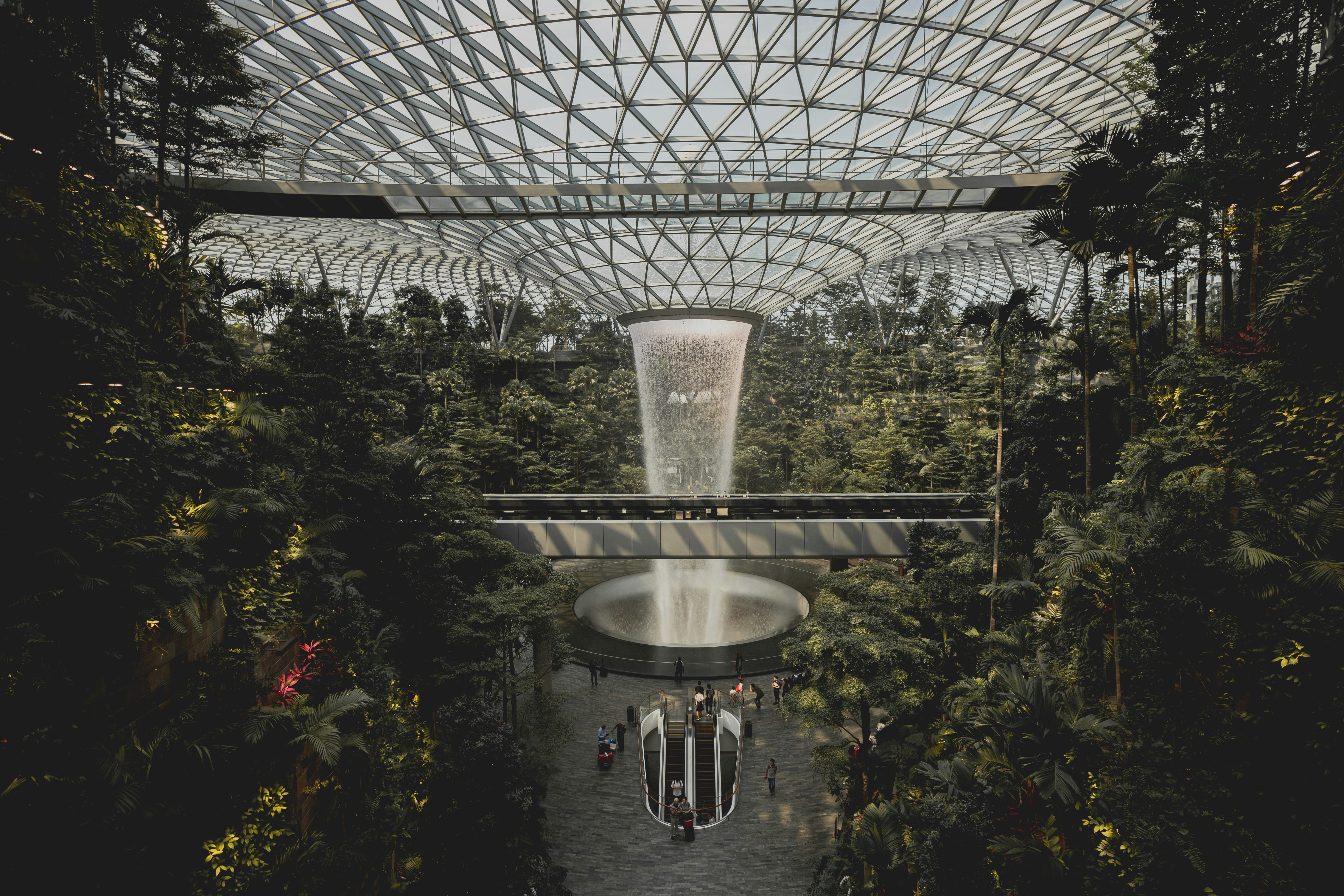
Bottom floor view within a wedge by Mark Sarmiento (Unsplash)
WIP
Streamer
Missing
Status: Location Unknown
Deceased
Status: Deceased Character
Retired
Status: Retired Character or Article

The aerial walkway of El-Ahrairah's Garden by Hanna Lazar (Unsplash)
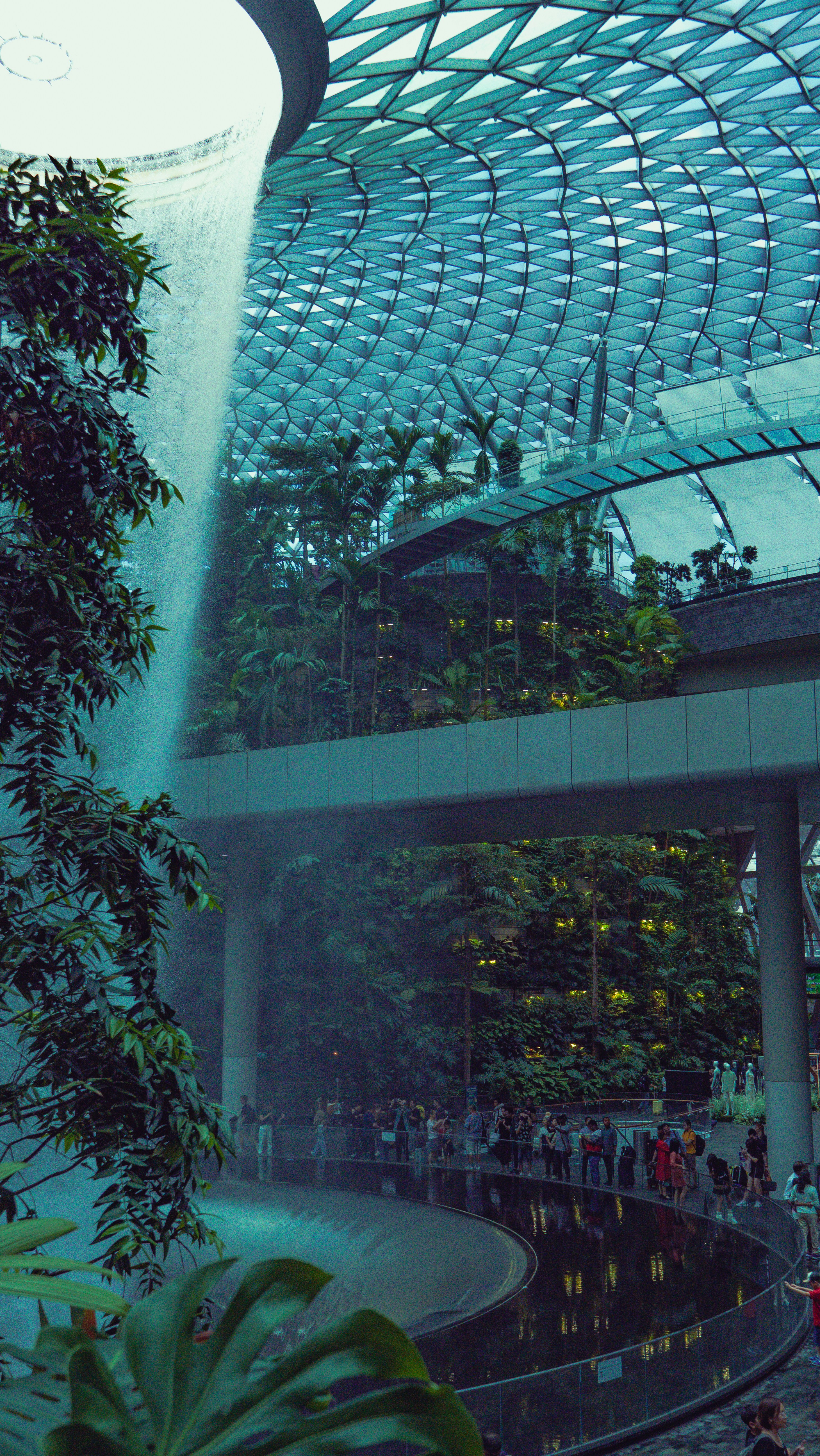
El-Ahrairah's Garden, Interior View by Hanna Lazar (Unsplash)
Founding Date
Construction began May 2022, and is still underway
Type
Hydroponics / Agricultural complex
Parent Location
Owner
Additional Rulers/Owners
Ruling/Owning Rank
Owning Organization

Leaf crops are grown in trays on extending and retracting chains with the "floating raft technique (FRT)" by Pixabay
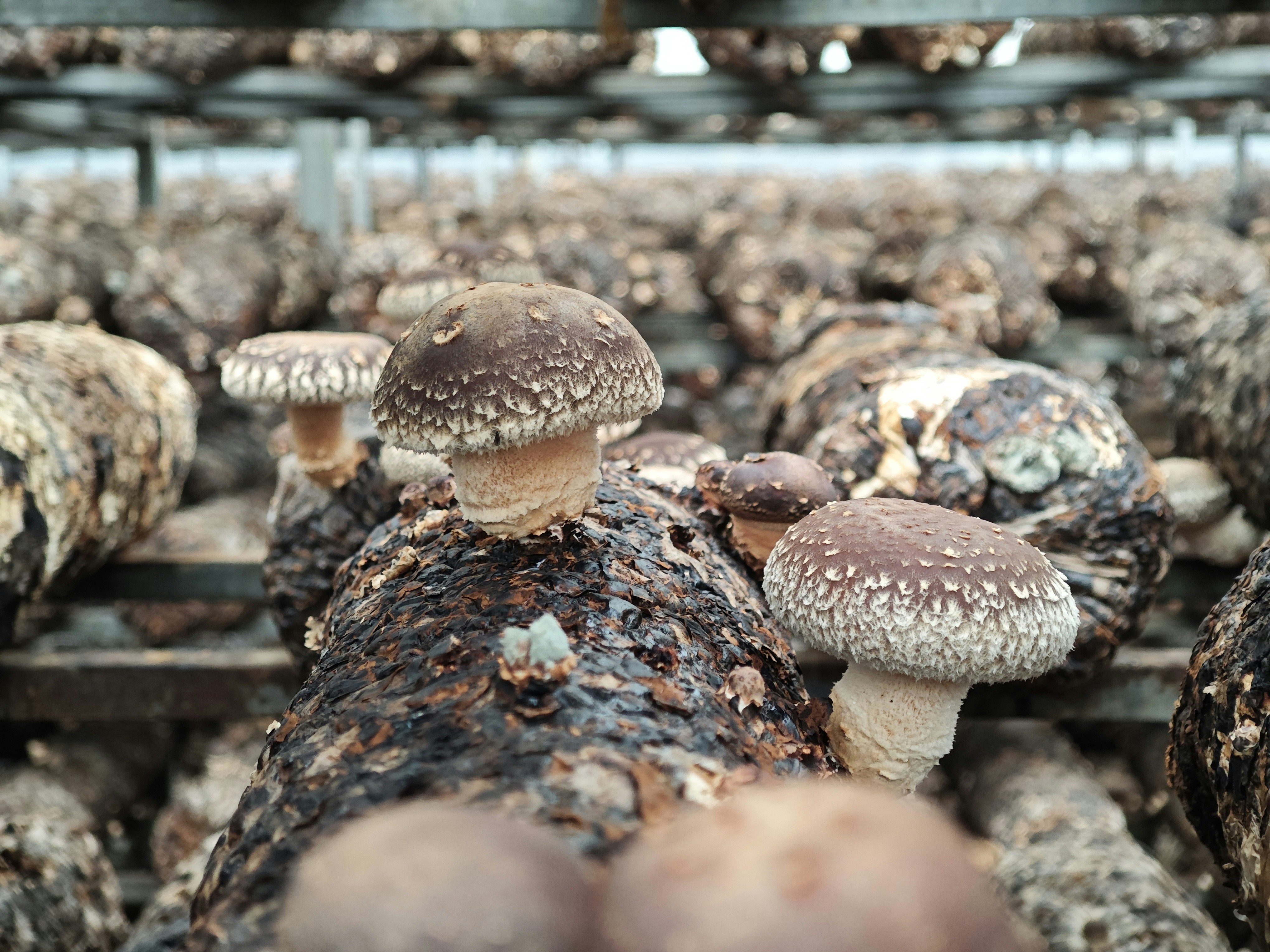
The Deep is experimenting with growing edible mushrooms in different growth mediums, such as this rotting wood by Yao Oo (Unsplash)
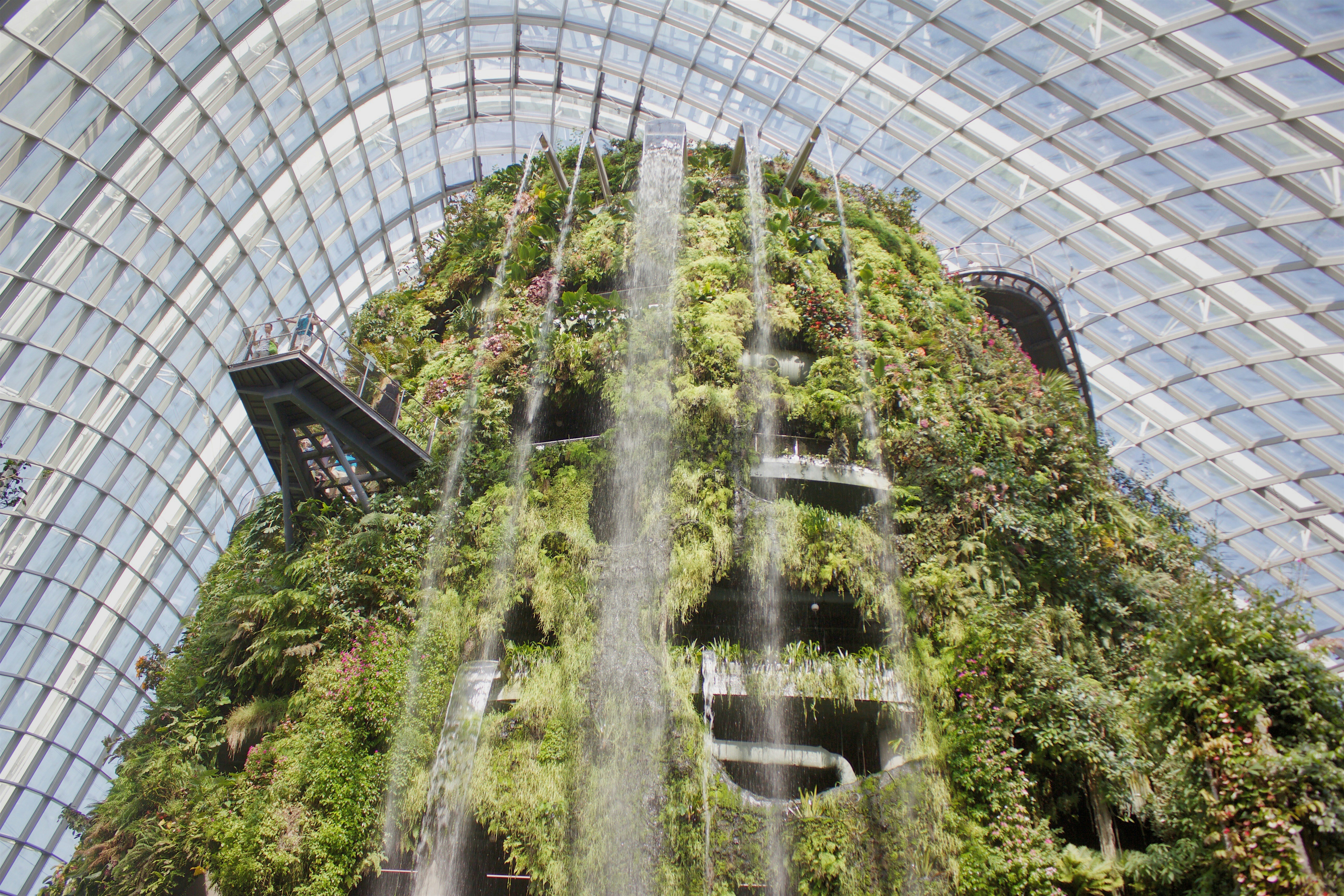
A closer look at a waterfall structure within one of the wedges, showing an observation deck by K8 (Unsplash)
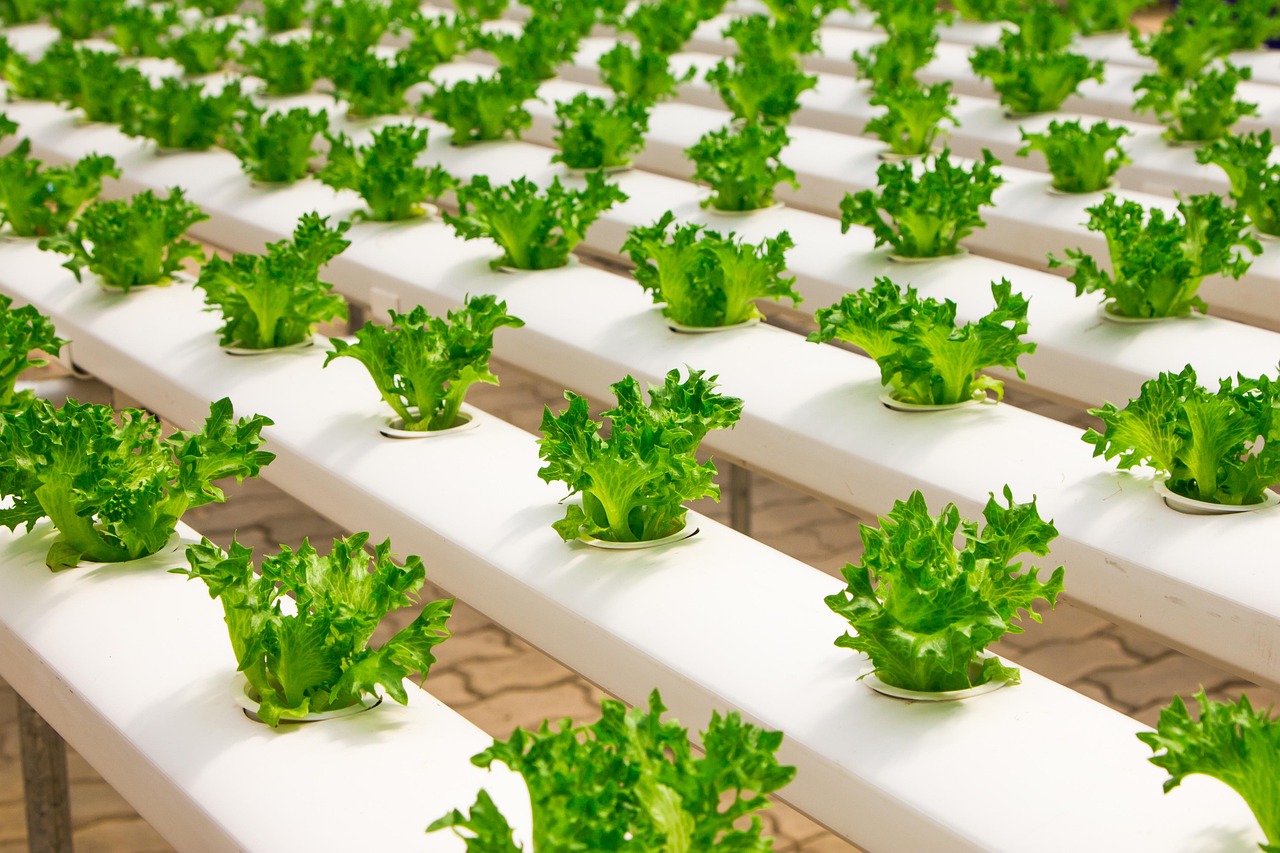
Early experiments used nutrient-enriched water to grow leaf crops, but this was later abandoned for more space-efficient techniques by Pixabay
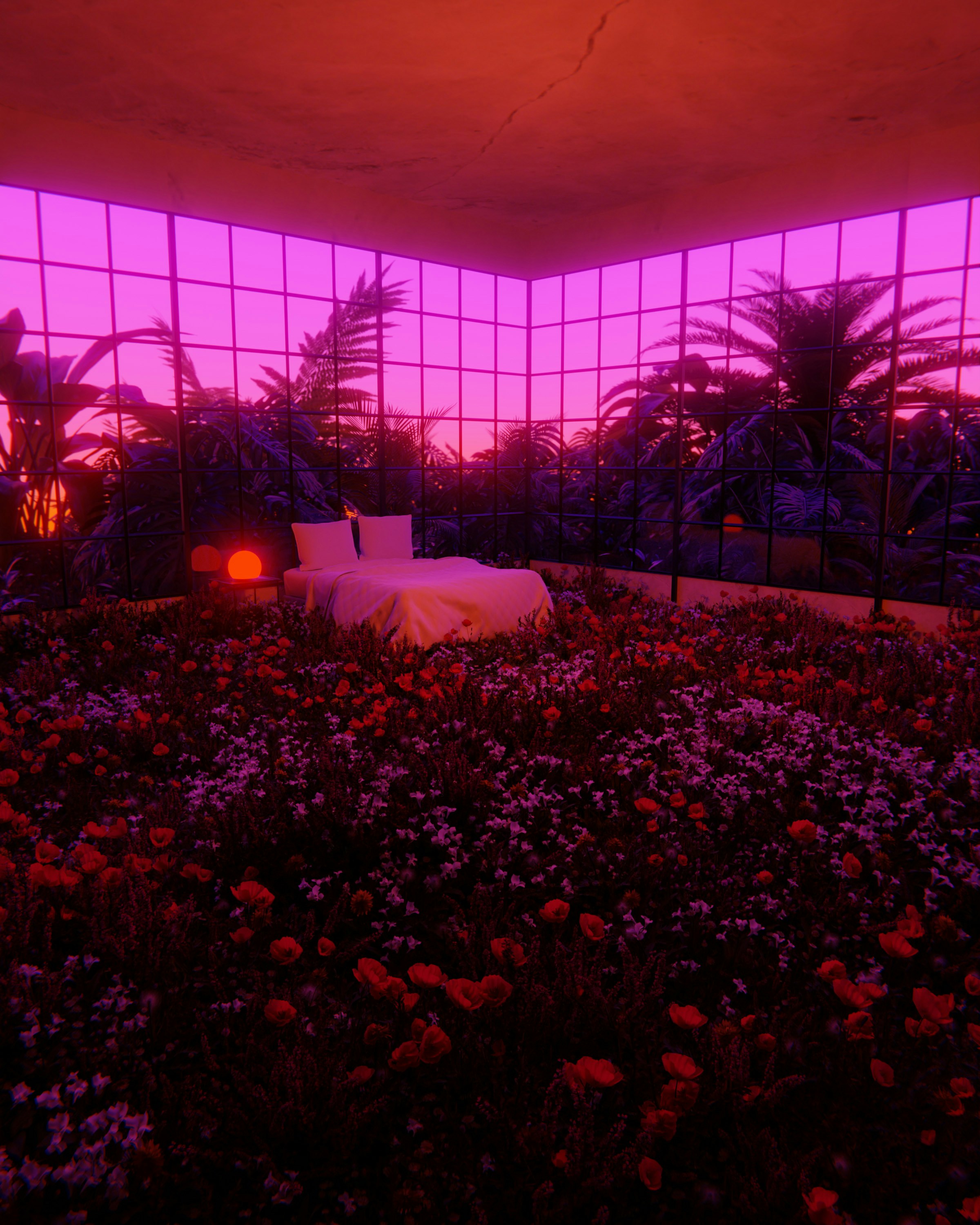
The "guest suite" in the Meadow during the night cycle by Icarius (Unsplash)
Why "El-Ahrairah's Garden"?
El-Ahrairah is one of the names used by House Lapin for the rabbit trickster-spirit, given a similar degree of reverence to a saint. When Queen Sable saw the result of the first biodome, she clapped the chief engineer on the back and exclaimed, "A garden fit for El-Ahrairah!" And the name stuck.SEKRITS!
Are there magical golden carrots growing in El-Ahrairah's Garden?








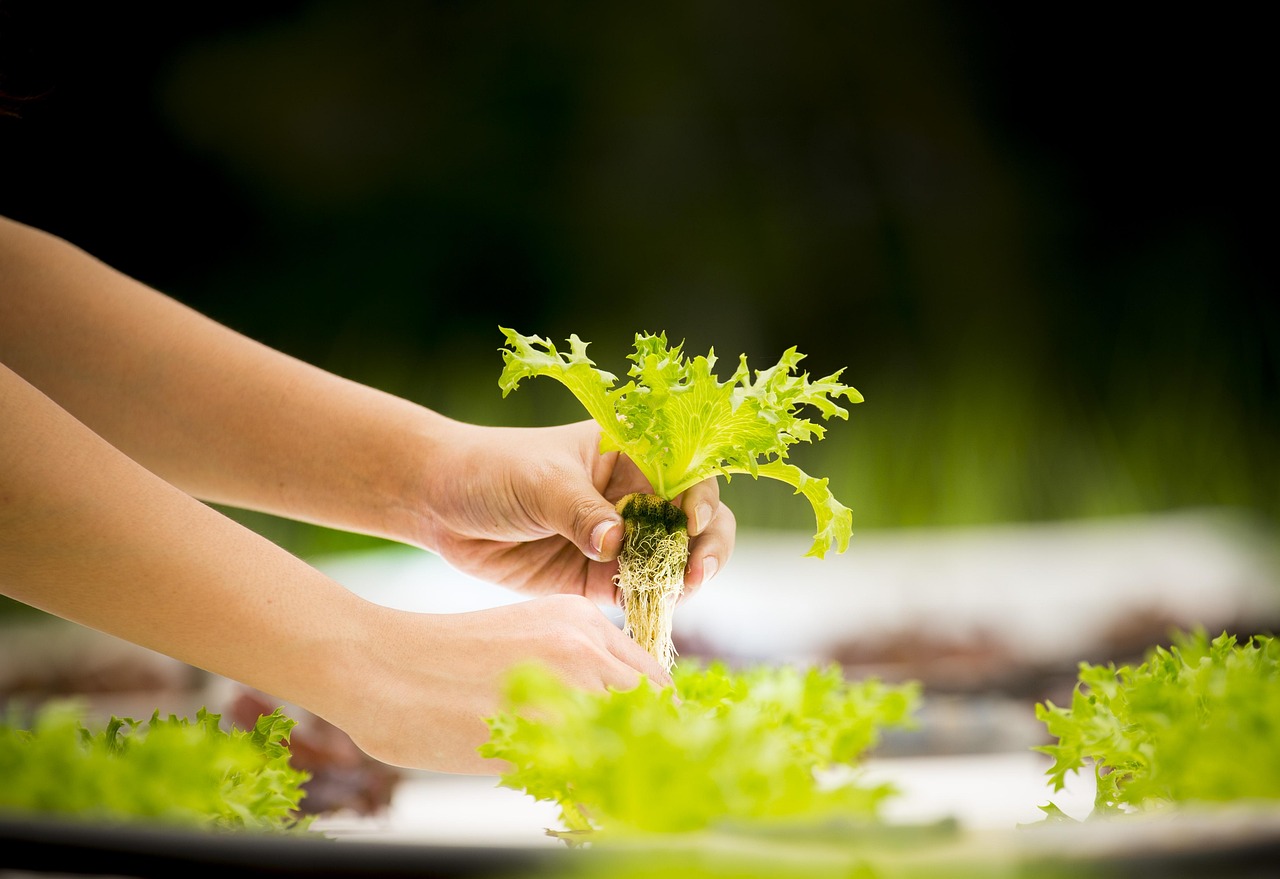
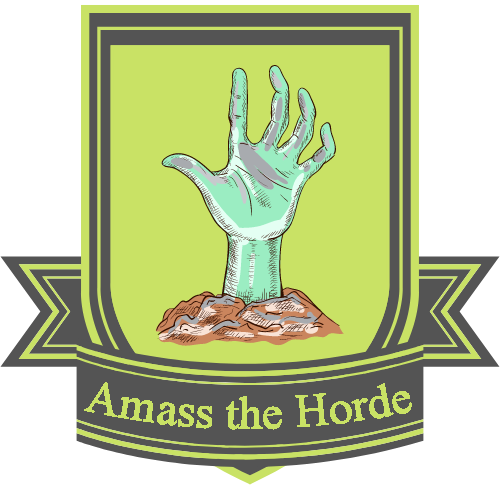


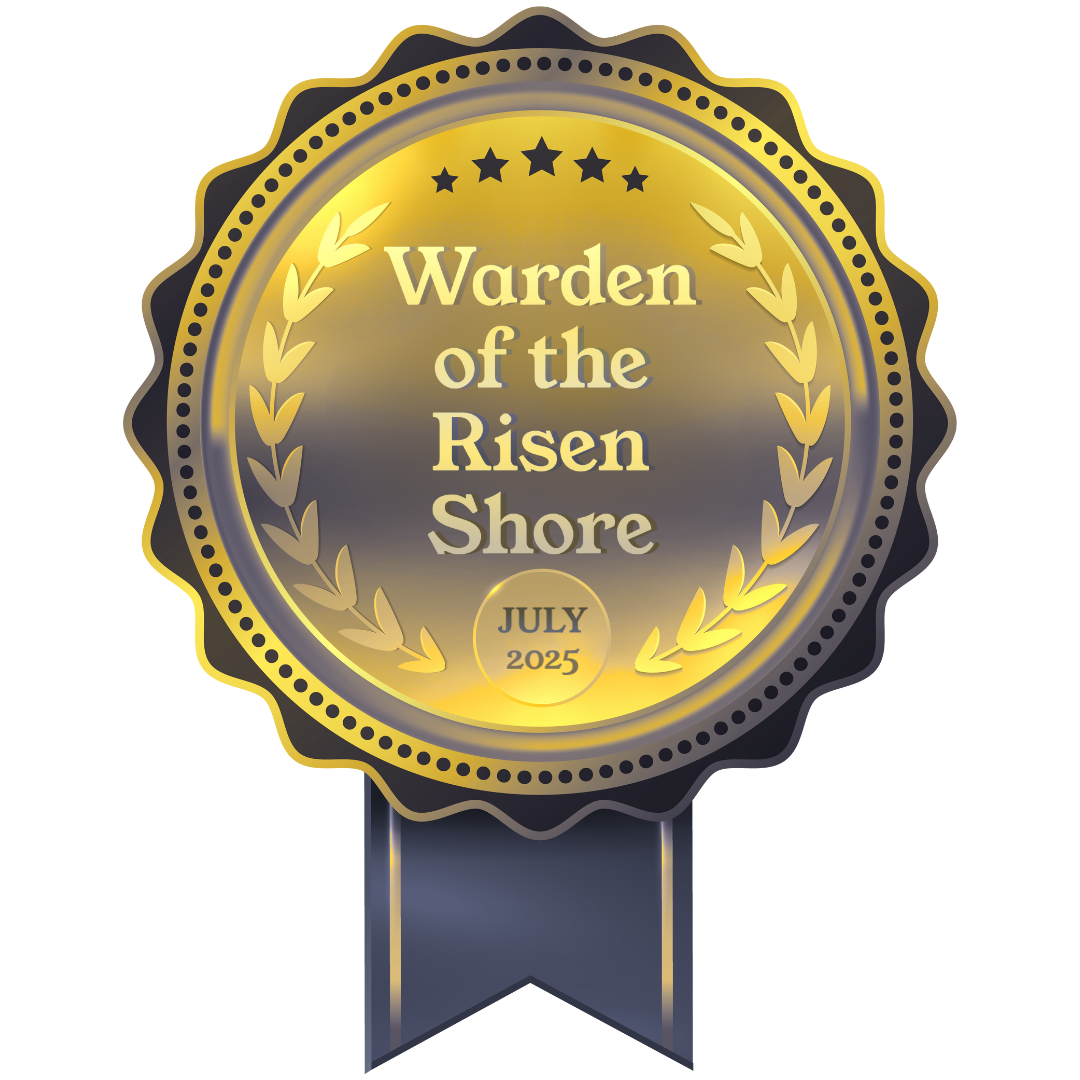
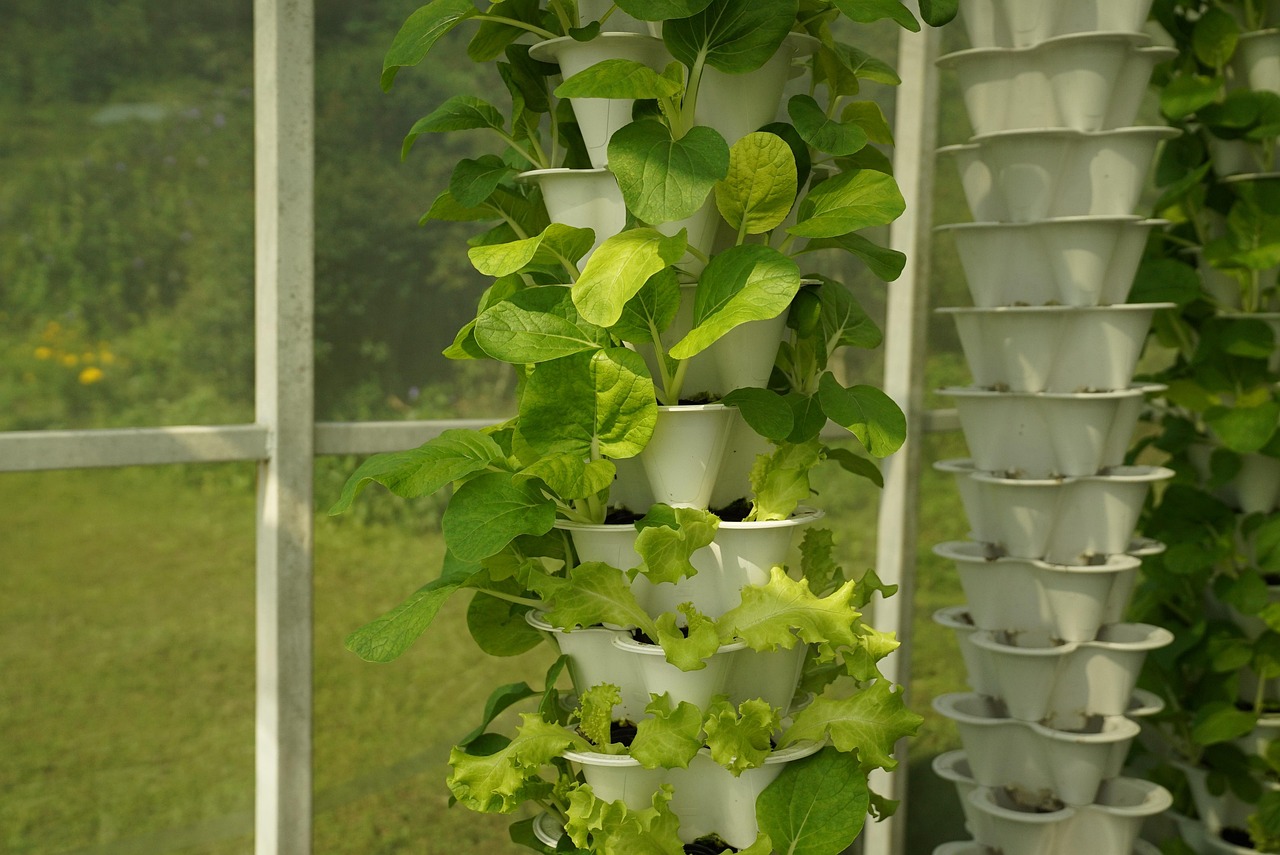
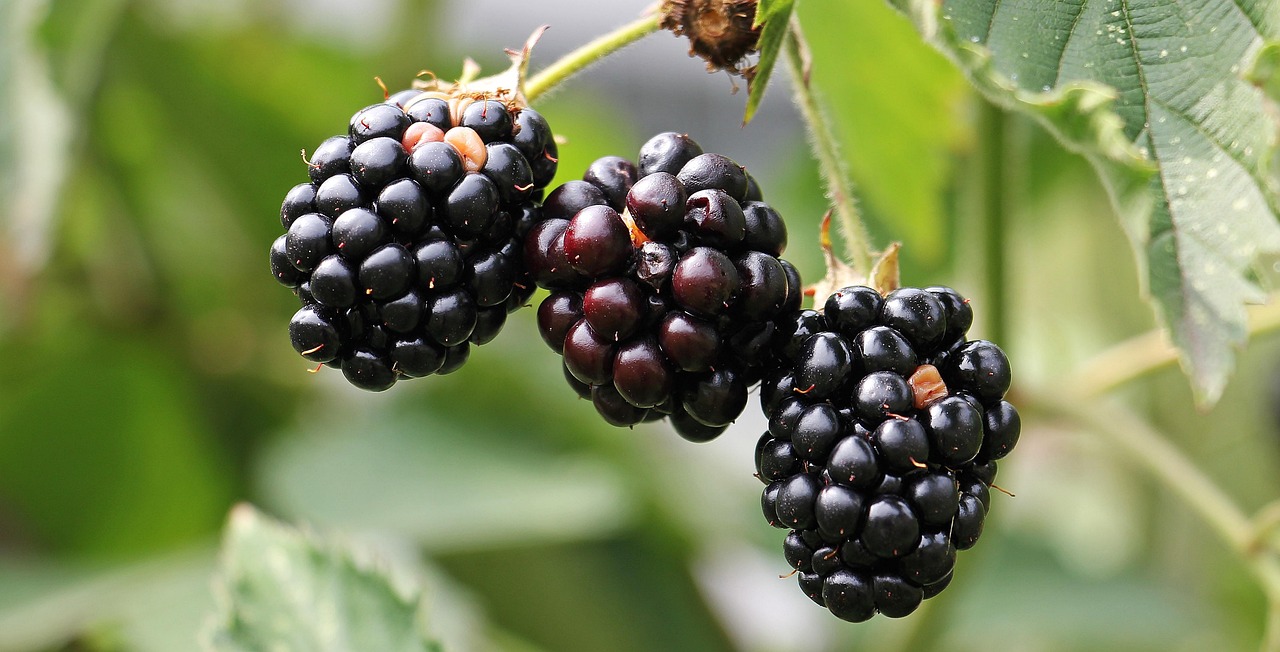
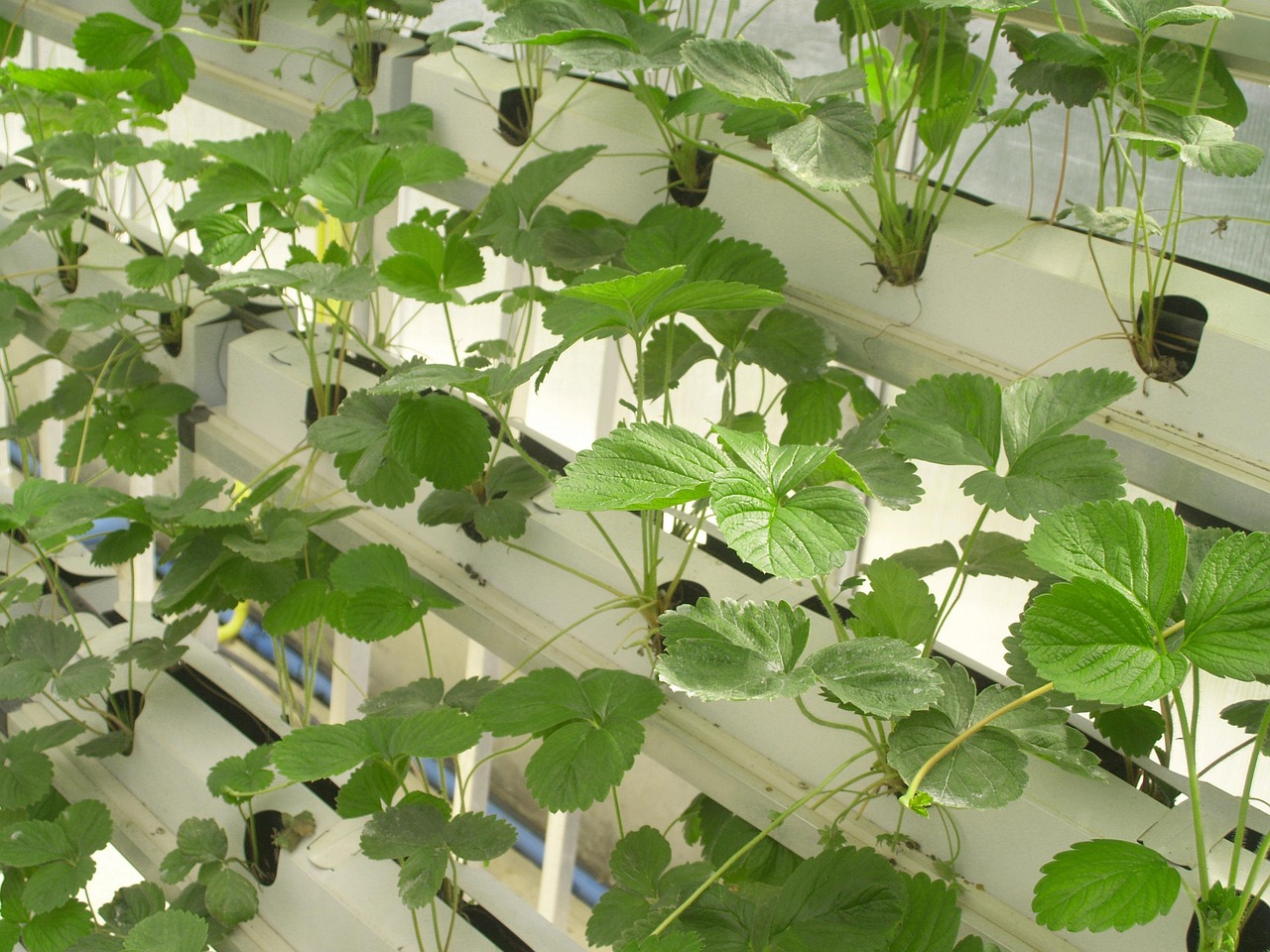
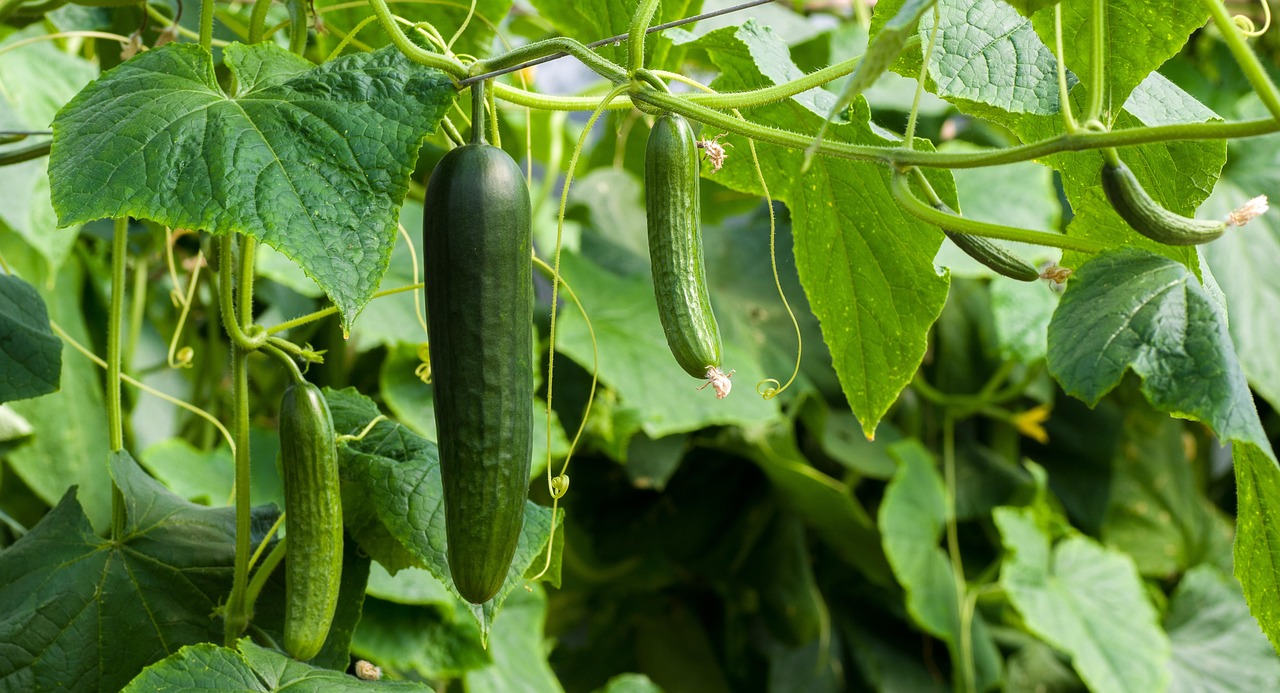
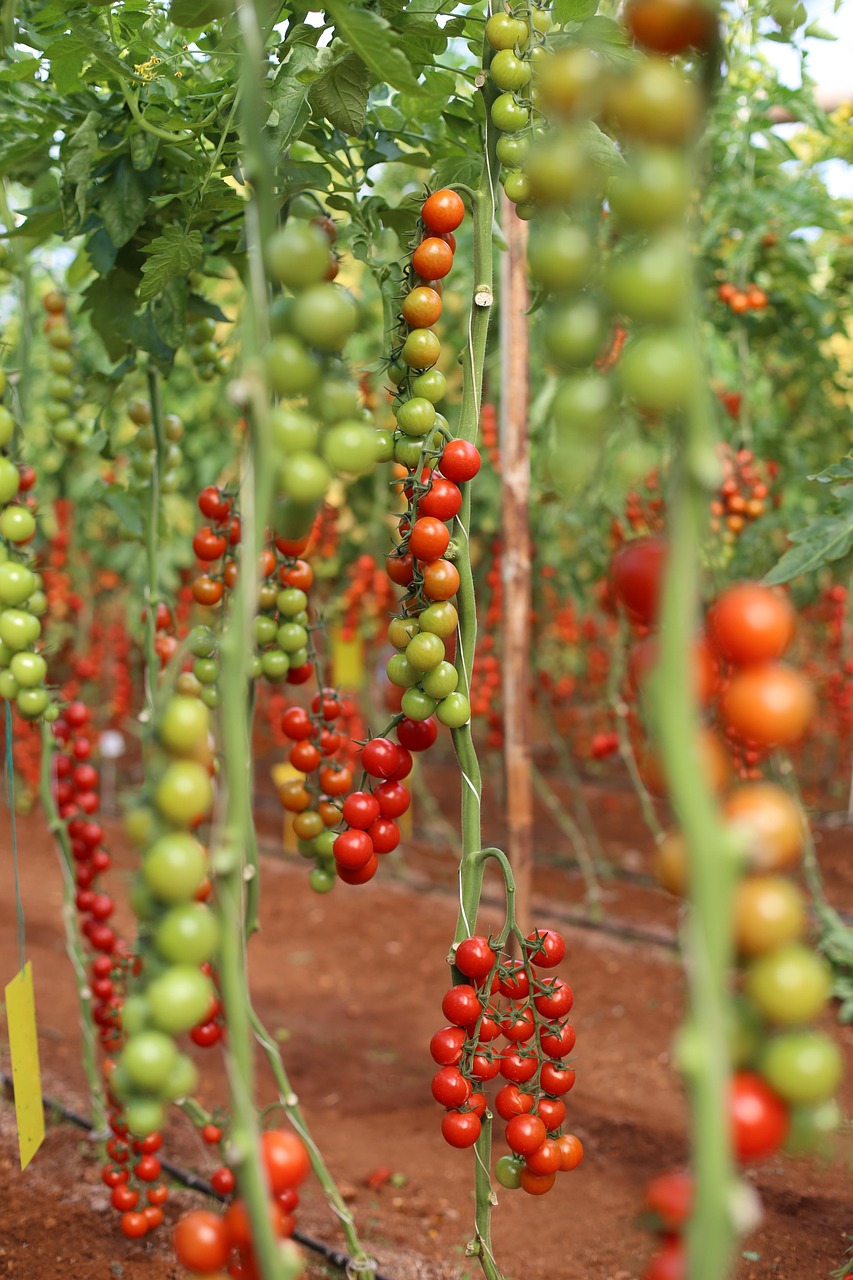
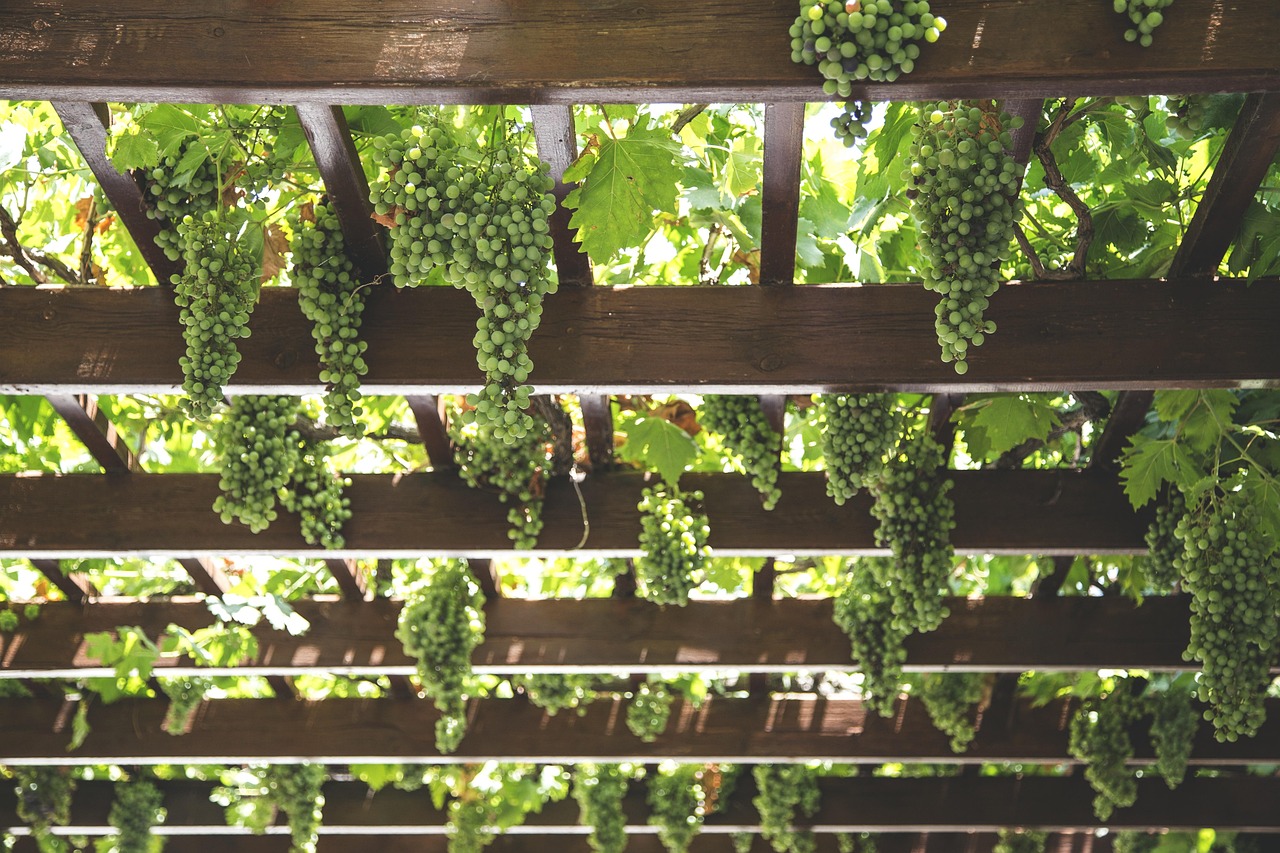




Comments
Author's Notes
Most of the images of the biodome interior featured in this article come from the Montreal Biodome, which is a real place that I now desperately must visit. If you'd like to know more about aquaponics, you can find information here and here. As always, our tip to the hat to Richard Adams, author of Watership Down, since "El-Ahrairah" is a figure from that wonderful book, and the name is a nerdy homage to my favourite novel.